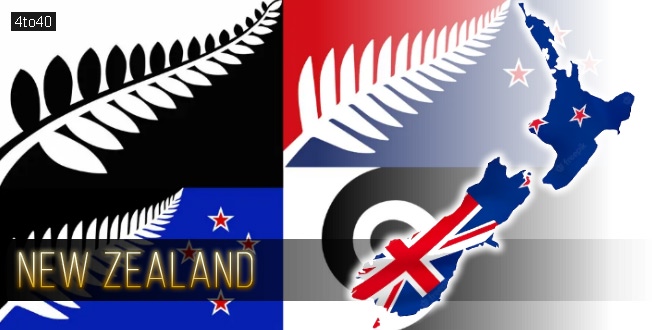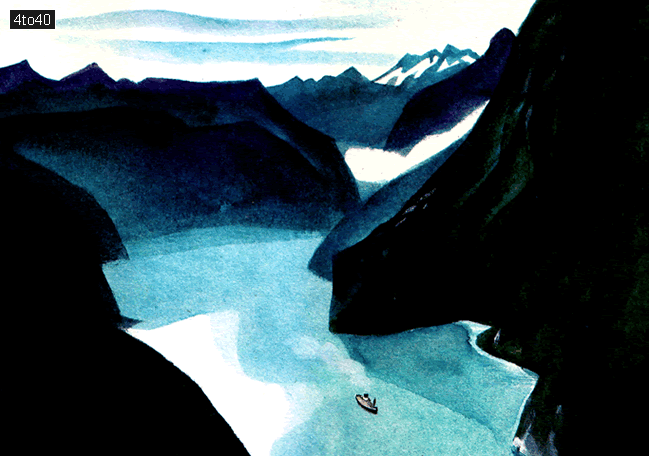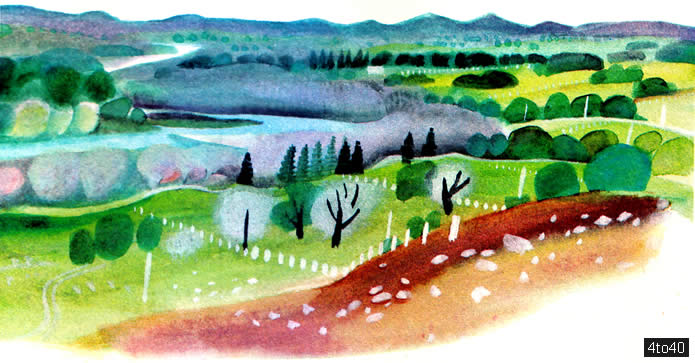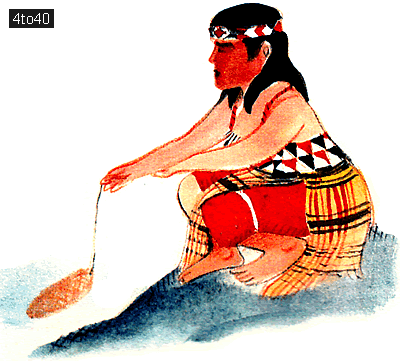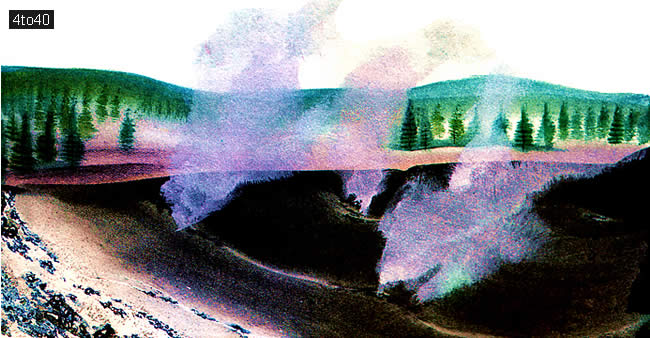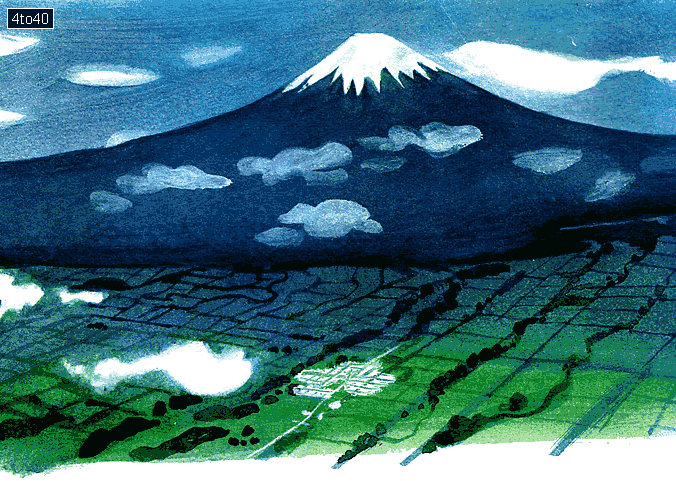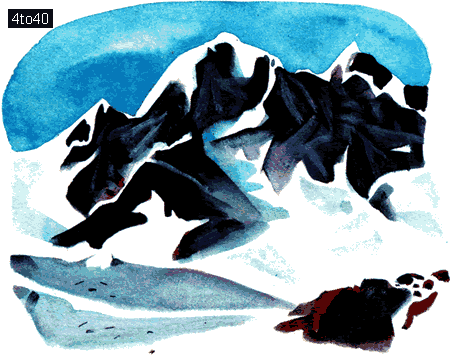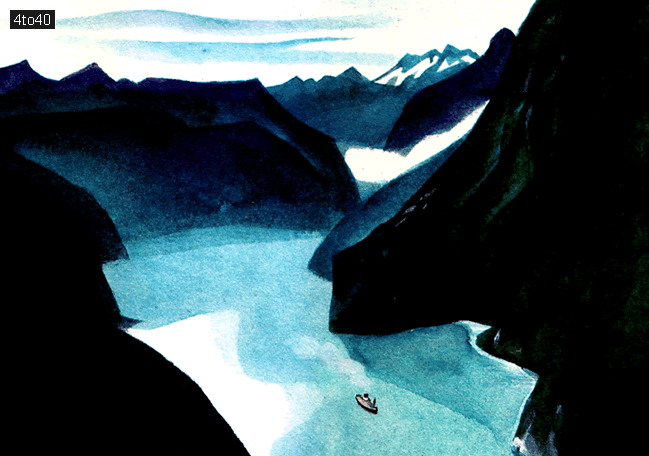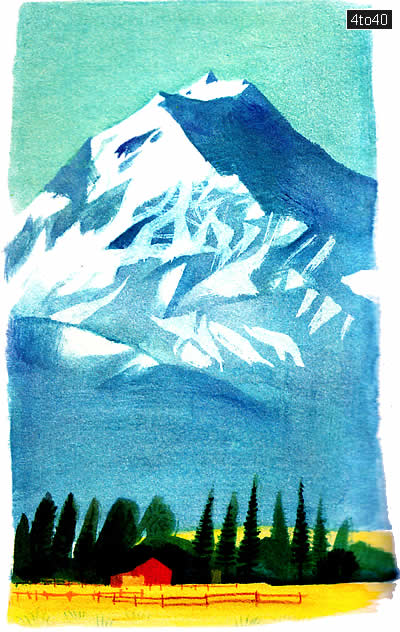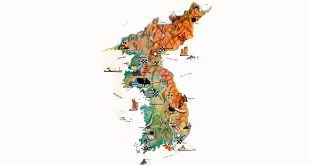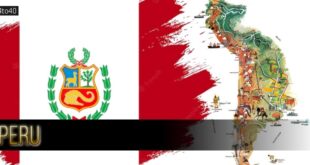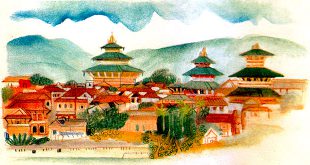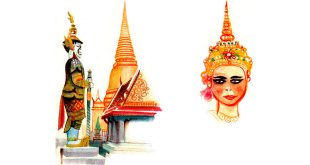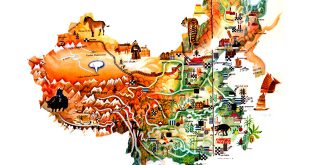New Zealand : Country Name
System of government: An independent member of the Commonwealth
Capital: Wellington (metropolitan area pop. 350,000) Location: In the south-western Pacific, south-east of Australia. National territory includes the two main islands (North and South),as well as a number of smaller islands (Stewart, Solander, Snares, Chatham, Antipodes, Kermadec, etc.)
Area: 286,675 sq km
Population: 5,053,004 (2022 Estimate)
National composition: New Zealanders of European stock, Aborigines (Maoris)
Religions: Anglican, Presbyterian, Roman Catholic
Official language: English
Currency: New Zealand dollar = 100 cents
Administrative divisions: 13 districts and dependencies
Other major cities: Christchurch (pop. 340,000)
Highest elevation: Mt Cook (3,764 m), on South Island Chief rivers: Waikato, Clutha
Largest lake: Taupo
Climate: Subtropical in the northern part of North Island, temperate and maritime in the rest of the territory
Anthem: “God Defend New Zealand”
“God Save the King”1
New Zealand Location Map:
New Zealand Encyclopedia & Facts For Kids:
North Island is predominantly rolling hill country with a group of extinct and active volcanoes in the centre. Hot mineral springs and geysers are very common. South Island is separated from North Island by the Cook Strait. The backbone of South Island is the spectacular snow-capped Southern Alps range. The eastern coast is a fertile plain. Both islands are studded with many glacial lakes. Lakes have also formed in craters, Mt Cook and its glaciers form part of a vast national park of extinct volcanoes. The rivers flow abundantly throughout the year.
The rainy climate is favourable for forest, which occupies about one-quarter of the land. Sub- tropical forest with fern trees pre- dominates on North Island, while the South Island is covered by evergreen deciduous forest and the kauri pine yielding very durable timber and valuable resin. There are many species of birds, for example, the kiwi.
Only some five per cent of the land is suitable for crop farming which, however, is highly advanced. The temperate climate is very favourable for the cultivation of crops such as wheat, barley, oats, vegetables, potatoes and fruits. Nevertheless, New Zealand is famous mainly for its pastoral agriculture, mainly sheep-raising, although much cattle, pigs and poultry are also raised. Fishing is very important.
New Zealand’s mineral resources include bituminous and brown coal, oil, natural gas, uranium and iron ore, gold, nickel and mercury. Not all the reserves have been tapped yet. The most important manufacturing industries include refineries, steel and engineering, especially of agricultural and dairy machinery. The other significant industries are textiles, timber and woodworking, printing and building. Food processing is traditionally strong, making New Zealand one of the world’s major producers of meat, especially lamb, dairy products and other foodstuffs. Wool is a major export. The country has very good roads and railways and a dense system of air and maritime links. New Zealand administers three Polynesian dependencies: Niue, the Cook Islands, and Tokelau.
Related Photos:
External Links:
- New Zealand Top 10 Exhibitions
- New Zealand Top 10 Travel Events
- New Zealand Top 10 Textile Trade Fairs
Business Events Happening In New Zealand:
- Women’s LifeStyle Expo Tauranga: Lifestyle & Fashion Event
- Women’s Lifestyle Expo Wellington: TSB Arena, New Zealand
Exhibition Venues In New Zealand:
- North Island – Wellington : TSB Arena
- South Island – Christchurch : Wolfbrook Arena
 Kids Portal For Parents India Kids Network
Kids Portal For Parents India Kids Network
